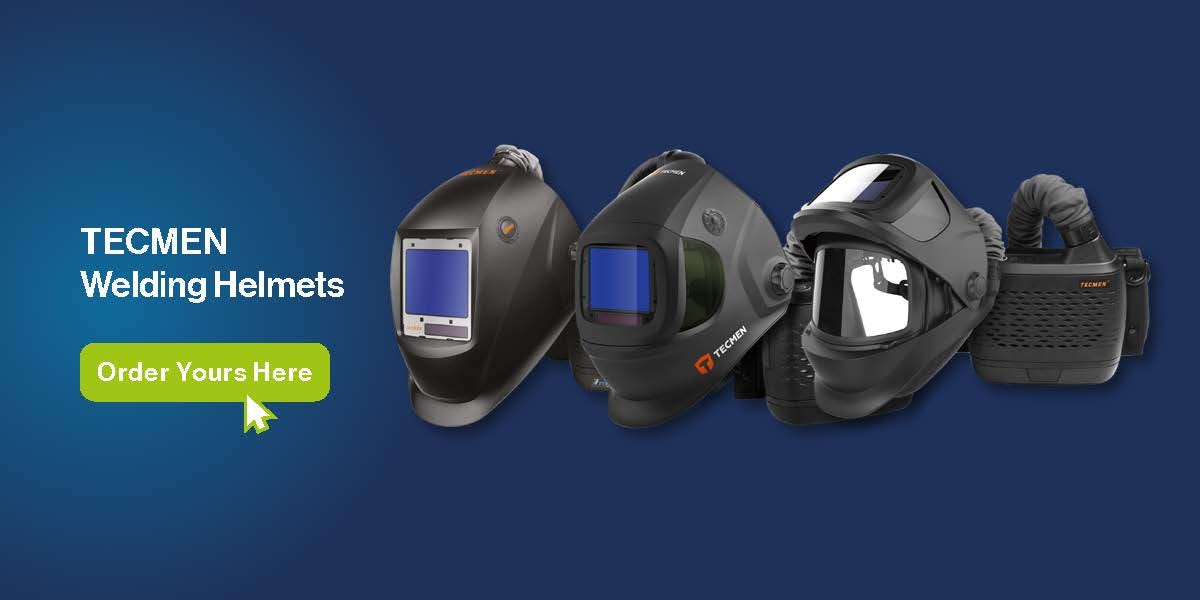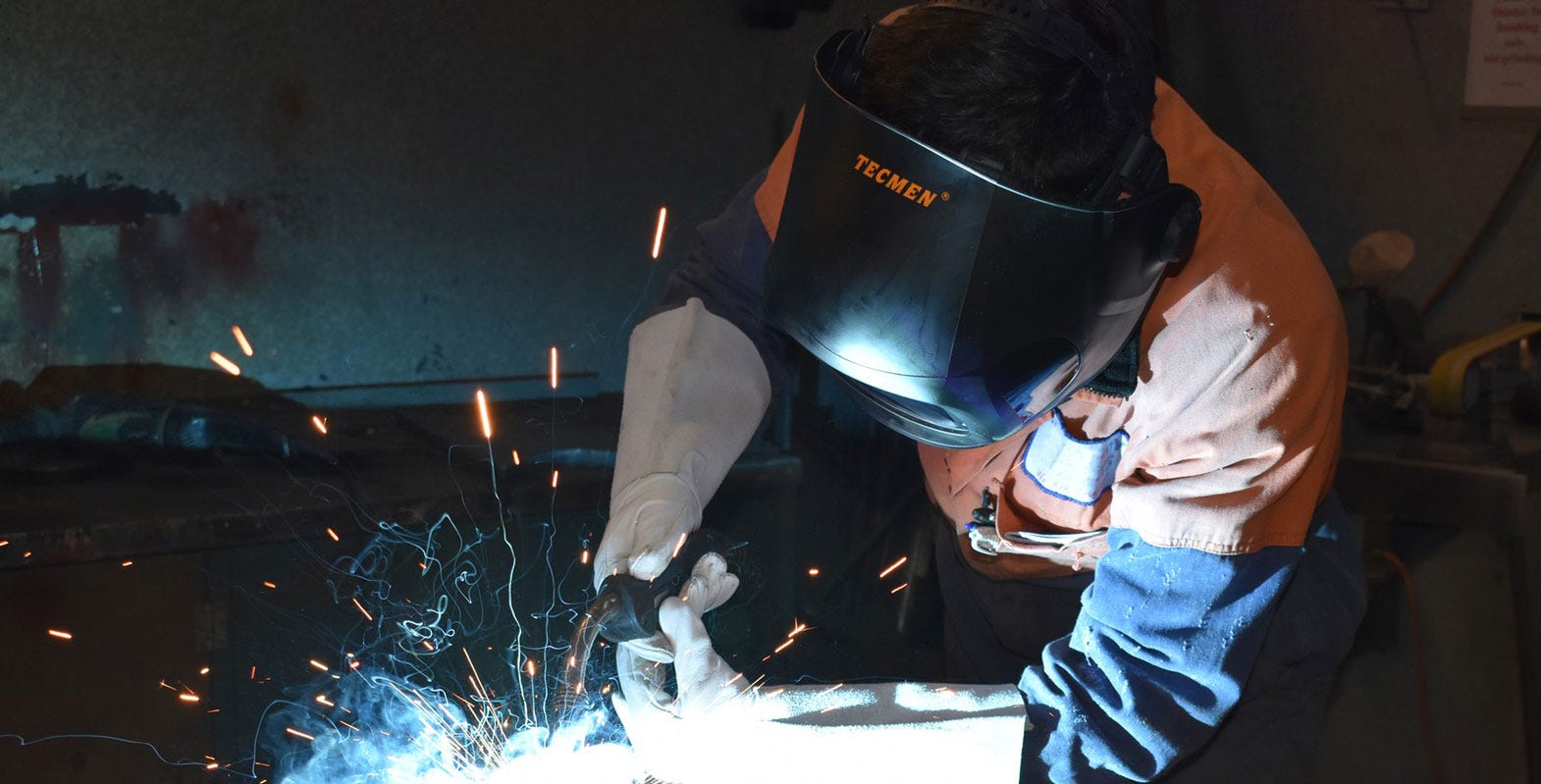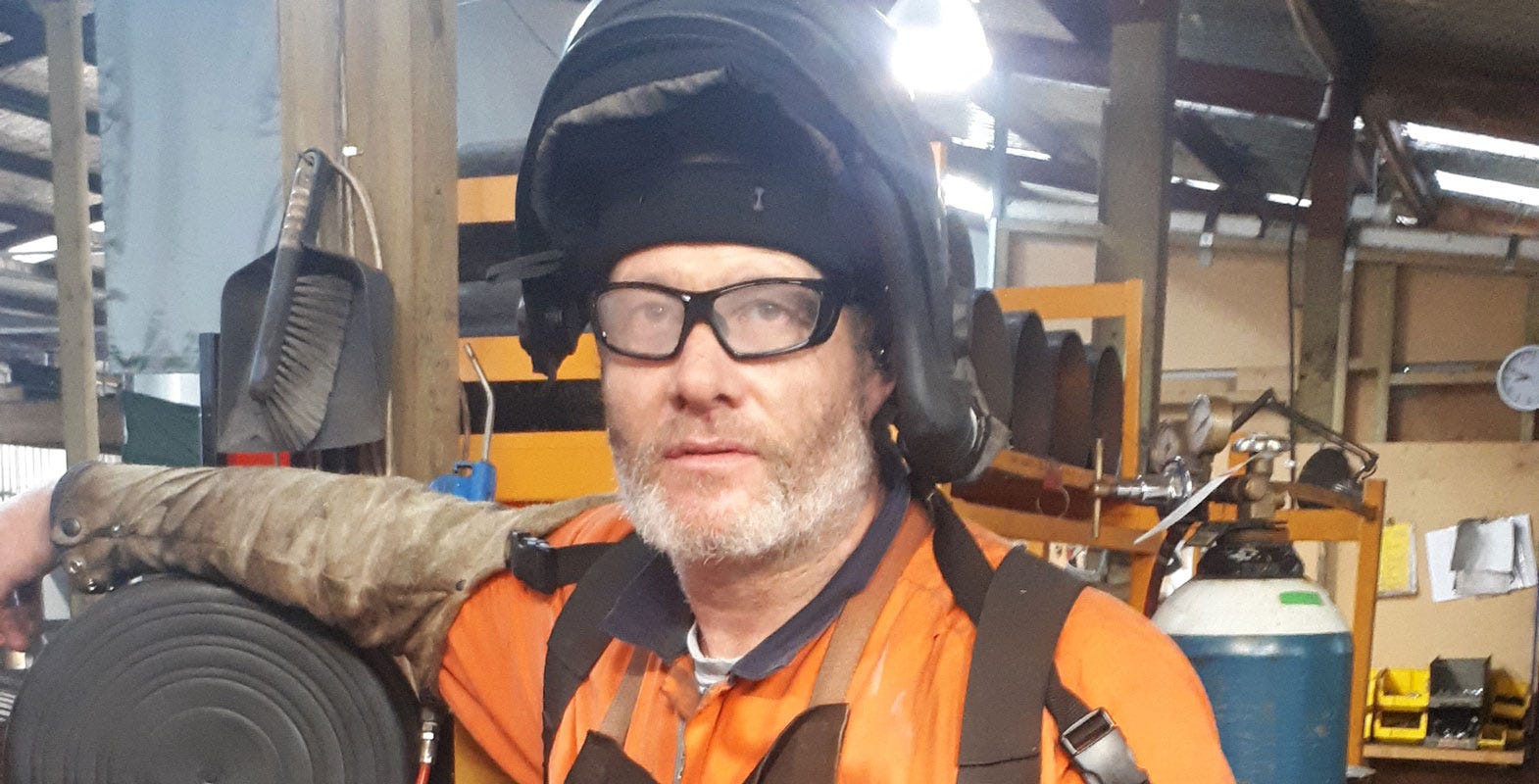Welding Fumes Cancer Risk: How Much Exposure Is Dangerous?
Did you know that all welding fumes are classified as carcinogenic to humans? Welding fumes contain harmful substances like Nickel and Chromium, which can lead to life-threatening conditions, including cancer. Let’s explore the risks and how you can stay safe in the workshop.
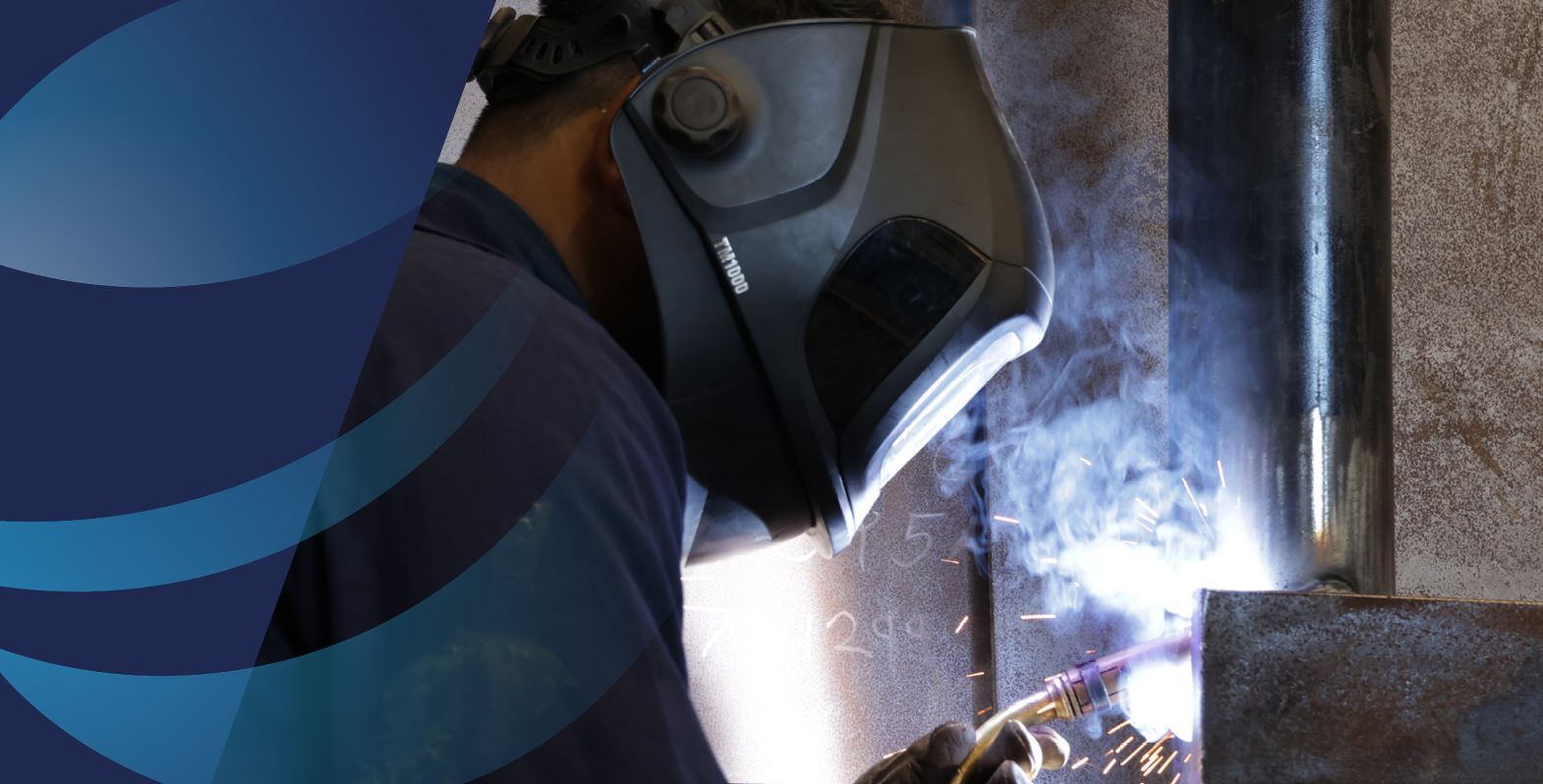
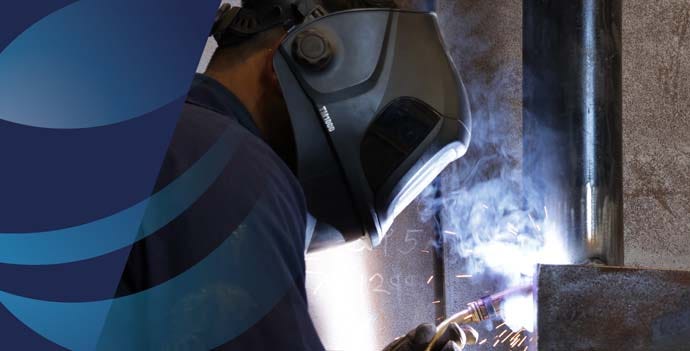
What Factors Affect Welding Fume Exposure?
The type and amount of contaminants in welding fumes vary based on:
-
Welding technique
-
Material being welded (including coatings or treatments)
-
Air contaminants (e.g., vapours from solvents or degreasers)
-
Consumables used
-
Shielding gases or flux
-
Power settings
-
Ventilation (e.g., welding outside or in enclosed spaces)
-
Duration of welding
Certain contaminants put you at a higher risk of developing cancer, as shown below:
| Contaminant | Source | Risk |
| Beryllium | Found in copper, magnesium, aluminium alloys, and electrical contacts | Known carcinogen |
| Cadmium Oxides | Found in stainless steel with cadmium, plated materials, and zinc alloy | Suspected carcinogen |
| Chromium | Found in stainless steel, high alloy materials, welding rods, and plating materials | Some forms (hexavalent chromium) are carcinogenic |
| Nickel | Found in stainless steel, nickel-chromium, nickel-copper, and other high alloy materials, welding rods, plated steel. | Increased cancer risk noted in multiple occupations |
The Hidden Danger: UV Radiation
Welding techniques like MIG, TIG, and laser welding produce harmful UV radiation in welding, exposing workers to risks such as:
-
Skin cancer and eye melanoma.
-
Cataracts from prolonged exposure.
-
Eye damage like welder’s flash.
Always use UV-filtered helmets and protective clothing to shield yourself from these hazards.
How Much Exposure Causes Cancer?
While there’s no set amount of exposure that guarantees cancer, studies confirm that welding fumes contain carcinogenic substances that significantly increase your risk. This is why implementing processes to reduce exposure isn’t just recommended—it’s a legal requirement.
What Can I Do to Stay Safe?
Employer Responsibilities:
-
Provide proper ventilation systems like local exhaust ventilation (LEV).
-
Equip workers with certified respiratory protective equipment (RPE).
-
Train workers on safe practices and proper use of PPE.
-
Monitor air quality regularly to ensure compliance with safety standards.
Worker Responsibilities:
-
Wear PPE consistently and correctly.
-
Follow safety protocols and report unsafe conditions.
-
Maintain clean and safe workspaces, including removing surface coatings before welding.
Practical Steps to Reduce Exposure
| Activity | Control |
| Surface Preparation | Remove paint/coatings before welding. Avoid chlorinated solvents for cleaning. |
| Welding Process and Consumables | Choose low-fume techniques and consumables. Adjust power settings to reduce fumes. |
| Welding Fume and Gases | Use local exhaust ventilation (LEV) and forced dilution. Avoid relying on natural ventilation. |
| PPE | Wear powered air respirators, UV-filtered helmets, and protective clothing. |
| Isolation | Separate welding from other work. Use welding screens and automate processes where possible. |
| Job Rotation | Rotate tasks to reduce prolonged exposure. |
Is there a way to keep everyone happy?
We think there is! While it may not solve ALL your problems when it comes to safety, it will:
- Get the big tick from WorkSafe;
- Be something workers will LOVE to wear; and
- Increase your workshop productivity (what boss wouldn't want that?)
 Need assistance?
Need assistance?
